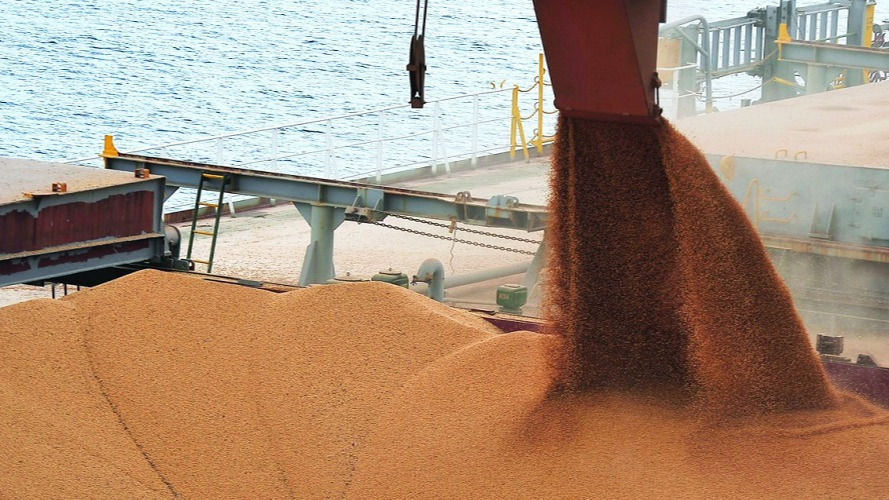China Faces Soybean Glut as Peak U.S. Export Season Approaches
- Ipasai News

- Jul 22, 2024
- 2 min read

China is dealing with a soybean glut as record imports swell inventories at a time when demand for animal feed remains weak, with prices for products like soybean oil and soybean meal expected to decline further.
The surplus also threatens to curb China’s appetite for imports from September to December, the peak U.S. grain export season, adding pressure to prices already near four-year lows, traders and analysts said.
China is grappling with an excess supply of soybeans as record-level imports increase stockpiles amid weak demand for animal feed. Prices for soybean products such as soybean oil and meal are expected to fall further.
This surplus threatens to reduce China's imports from September to December, the peak U.S. grain marketing season, further pressuring prices already near four-year lows, traders and analysts said.
“The main issue is that demand for soy products is not increasing,” said a Singapore-based trader with an international company managing oilseed processing plants in China. “Crush margins are under pressure due to the massive grain arrivals.”
Soybeans are processed into soybean meal, a protein-rich ingredient used to feed the world's largest pig herd in China, and soybean oil, primarily used for cooking.
Slower economic growth in China, which consumes nearly half of the world’s pork, is hurting meat demand.
China’s soybean imports in July, mainly from Brazil, are likely to hit a record high due to lower prices and the prospect of Donald Trump returning to the U.S. presidency and reigniting trade tensions, traders said.
“China’s pork demand is not strong,” said Pan Chenjun, senior livestock analyst at Rabobank in Hong Kong. “Pork prices have risen significantly, but this is not much due to improved demand; it’s mainly because of a tight pig supply.”
Hog farmers are reducing sow herd sizes following government directives to curb overcapacity and delaying slaughter to sell at higher weights. China’s pork production fell in the second quarter compared to the previous year, while the hog herd dropped to 415.33 million heads from 408.5 million in the previous quarter.
Dalian soybean meal futures have lost nearly 8% in three weeks, while soybean oil fell about 4% last week.
Crush margins, negative since early June, have dropped further this month. Oilseed processors in Rizhao are losing more than 600 yuan per ton, the most since February.
Since February, about 9.68 million tons of imported soybeans have been auctioned by Sinograin, the state stockpiler, but only 2.08 million tons, or 21%, have been bought by crushers, according to Reuters calculations based on auction announcements and analyst reports.
Last year, about 27% of soybeans offered at auction were sold, with higher participation rates, said Darin Friedrichs, co-founder of Shanghai-based Sitonia Consulting.
“It’s very hard to be optimistic because, in virtually every protein, prices are low and demand is weak. Consumers are not really willing to spend money,” he added.
In its latest report, China’s Ministry of Agriculture forecast soybean consumption in 2024/25 to fall to 114.56 million tons, compared with an estimated 115.24 million tons for the 2023/24 marketing year ending in September.
Chicago benchmark soybeans, down a fifth in 2024, may face more headwinds with expectations of weak Chinese demand and increased U.S. production.
Brazil has overtaken the U.S. as China’s top soybean supplier, accounting for 70% of imports.






Comments